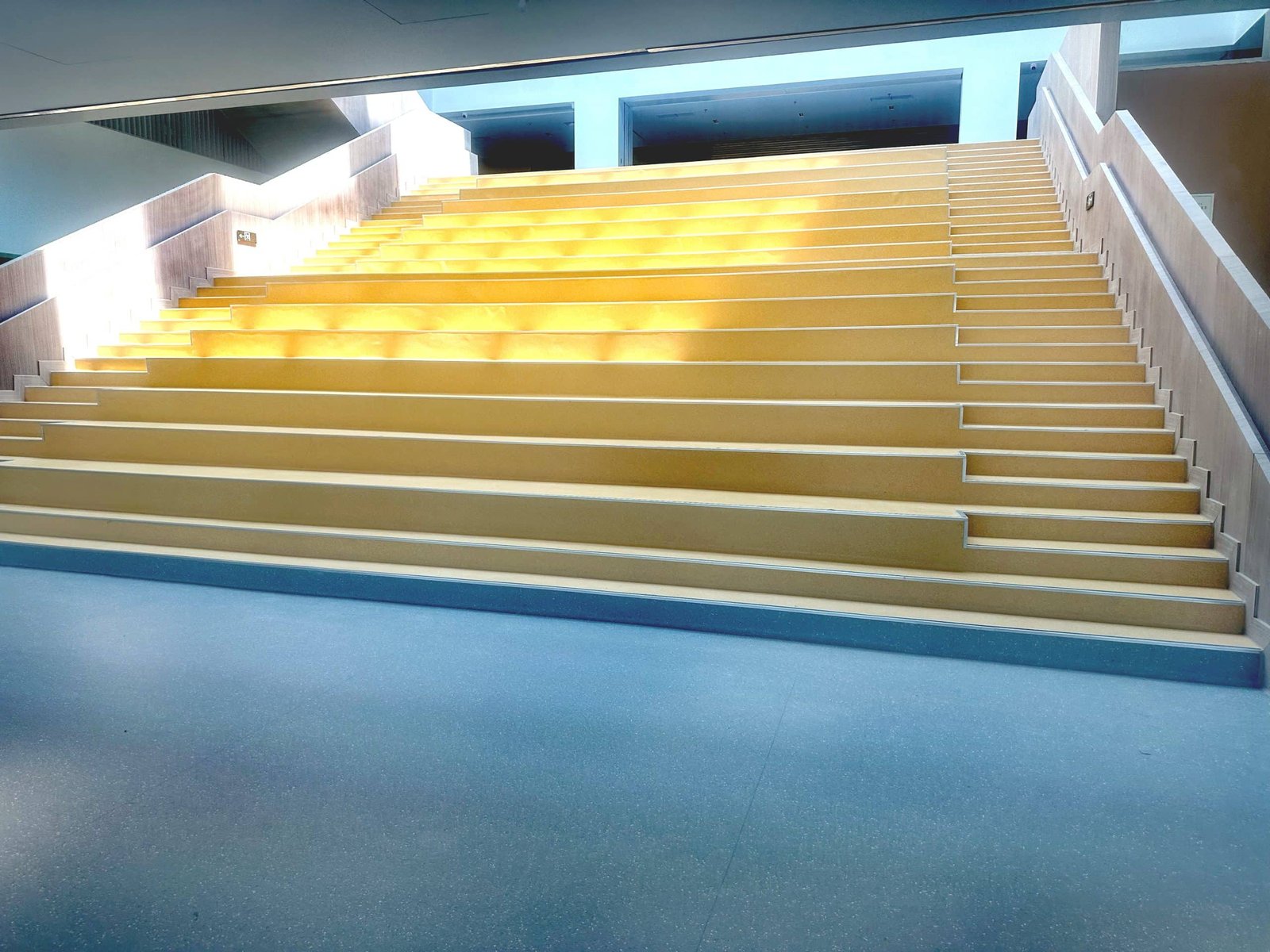Usually, a build-up of static electricity occurs when rubbing a non-conductive object against another non-conductive object. Anti-static and ESD are two types of flooring we use as solutions for the risk of electric shocks in the workplace. However, to determine the need for either ESD or anti-static flooring, we need to understand the environment and requirements.
CONTENTS
What is ESD flooring?
What is anti static flooring?
Why do you need anti static flooring?
Where ESD / Anti-static flooring can be used?
How does anti-static flooring work?
How does ESD flooring work?
What is the difference between anti-static and ESD flooring?
Benefits & Application Of ESD Flooring
What is ESD flooring?
Electrostatic dissipative (ESD) flooring is a type of floor covering that has been designed to protect against the buildup of static electricity. This can be caused by walking across carpet or other types of floor coverings. These materials have an affinity for holding onto static charges, so they can attract dust particles and dirt particles from the air around you.
Electrostatic discharge occurs when two dissimilar materials come into contact with each other. The charge from one object transfers to another, causing sparks. These sparks can cause serious damage to sensitive electronics such as equipment, computers, TVs, phones, tablets, etc.
What is anti–static flooring?
Anti Static Flooring is a type of flooring that protects your equipment from static electricity.
It works by creating a physical barrier between the ground and your devices.
This prevents the transfer of static electricity from the ground to the equipment.
Why do you need ESD / Anti Static Flooring ?
ESD Flooring protect against the buildup of static electrical charges. It is widely used for industrial static control since many items in these areas are sensitive to static therefore prevention methods are required.
In most workplace environments, the static generated when people walk is the biggest contributor to random ESD events (or problems caused by electrostatic discharge). For this reason, a static-protective floor—or an ESD floor/footwear combination—is the cornerstone of any effective static-control program.
An electrostatic discharge can have a highly damaging effect on electrical components, costing manufacturers a lot of money. There can also be more serious consequences within medical applications if an electromagnetic charge causes components within medical equipment to fail, and in some chemical applications a small spark electrostatic discharge can set an entire laboratory or warehouse up in flames.

- Electronic and high tech areas
- Cleanrooms
- Operating theatres
- Classrooms
- Industrial areas
- Pharmaceutical areas
How does anti-static flooring work?
Anti-Static Flooring works by creating a conductive path between the ground and your feet. By doing this, any static electricity that may accumulate on your body will not be able to travel back to the ground where it can build up. It also helps to reduce the amount of dust in the air that could otherwise collect on your shoes and clothing.
How does ESD flooring work?
ESD flooring is made from special materials that help to protect against electrical surges. These materials include rubber, PVC, polyurethane, epoxy, and other non-conductive substances.

It can withstand high voltages without being damaged. In fact, it can even withstand higher voltages than traditional flooring.
ESD flooring uses typical resinous coatings and embeds conductive elements – usually metal particles – in the resin blend. These conductive elements capture static electricity as people walk around, rather than allowing it to build up within their bodies. These floors also usually include copper rods or wires, which specifically transport captured electricity to the ground or another safe area.
The result is a resinous floor which is indistinguishable from typical coated concrete but prevents dangerous static buildup. You get all the benefits of resin-coated concrete, without risking your people, products, or materials.
What is the difference between anti-static and ESD flooring?
Anti-static flooring and electrostatic flooring both serve the same purpose: to prevent the accumulation of static electricity.
However, they differ in their construction. In antistatic, a substrate has a coating or chemical additive that can dissipate the static across its surface, which prevents the build-up of enough charge to get a shock. ESD, on the other hand, refers to product protection, which is an insulating material that protects us against electric shocks. The key difference between antistatic and ESD is that ESD offers a much higher level of protection compared to antistatic flooring.
The below infographic presents the differences between antistatic and ESD in tabular form for side-by-side comparison.

Benefits & Application Of ESD Flooring
ESD flooring works more effectively and completely than other types of ESD flooring, such as carpet or tile.
Main benefits:
- Protection of sensitive electrical components from damaging static electricity.
- Protection of personnel.
- Better performance than tile that can be rolled under heavy duty conditions.
- Save money on replacing or repairing electronic equipment that has failed or been damaged due to static electricity.
- Creating a 100% efficient static controlled environment with ESD footwear.







